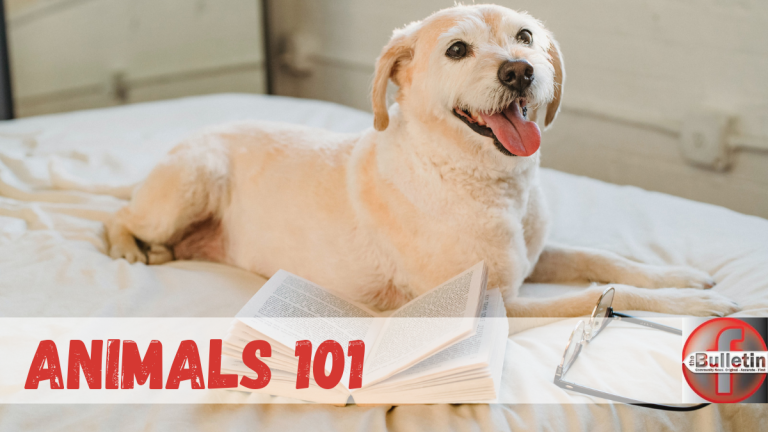
HOW BREEDING OR BUYING FROM BREEDERS PERPETUATES THE CYCLE OF OVERPOPULATION AND EUTHANASIA.
Breeders often claim they don’t contribute to the overpopulation crisis because they find homes for all the dogs or cats they breed. This argument ignores a fundamental reality: every puppy/kitten they place in a home is a home that could have gone to a shelter animal in desperate need. Instead of reducing the number of homeless animals, they are actively maintaining demand for breeding while thousands of dogs are euthanized daily for lack of space. In SA we estimate around 2800 animals/day euthanized. The notion that breeders don’t contribute to the crisis is not just misguided – it shows flawed logic. It directly fuels the problem.
Then, when someone buys an animal from a breeder, they create demand for more animals to be bred. Breeders, respond to this demand by continuing to produce litters intentionally.
You also get the irresponsible owners who say it was an “unexpected” litter. No dear Susan, if your pet is not sterilized, you can totally expect it.
For the record, I consider any person who allows their pets to have litters, whether by “accident” or intentionally pimp their pets out to create litters, as breeders, because they all contribute to the same problem.

HOW DOES THE CYCLE WORK?
- Supply and Demand
By purchasing from a breeder, you signal that there is money to be made by breeding animals. This encourages breeders to continue producing litters, even when countless animals in shelters (including “purebred” animals) are already waiting for homes. - Shelter Overcrowding
For every pet purchased from a breeder, one less shelter animal gets adopted. Shelters are overwhelmed with abandoned, stray, or unwanted animals. When shelters fill up, tough decisions have to be made, including euthanasia. - Irresponsible Breeding Practices
Many breeders prioritize profit over the well-being of the animals, leading to overbreeding and a lack of care for genetic health or proper socialization. These animals often end up with health or behavioral problems, which can lead to abandonment and further strain on shelters. - Lack of Adoption
Adopting from a shelter reduces the demand for breeding and gives a homeless animal a second chance. Every adoption also reduces the number of animals euthanized due to lack of space or resources.
By choosing adoption (only through responsible organizations) over buying, you directly save lives and help reduce the cycle of overpopulation. Supporting breeders, even inadvertently, feeds into a system that prioritizes profit over the welfare of animals.
HERE ARE MORE REASON WHY BREEDERS ARE A PROBLEM:
- Breeders Don’t Vet Buyers Thoroughly
Many breeders don’t ensure their animals go to responsible homes, leading to some ending up in shelters when owners can’t care for them anymore. The Illusion of ‘Good Homes’ – Breeders often claim that they carefully select homes for their animals, but without rigorous follow-up and enforced sterilization policies, many of these pets can still end up in shelters. How many breeders do you know that say no to a sale? - Failure to Enforce Sterilization – Many breeders do not require or follow up on sterilization, which allows the cycle of reproduction to continue unchecked. New owners may not spay or neuter their pets, leading to accidental litters that further flood an already overwhelmed system. Without a strict sterilization policy, even pets placed in so-called “good homes” may end up producing litters. Some buyers may even become backyard breeders themselves, perpetuating irresponsible breeding practices.
- Separating Puppies and Kittens Too Early – Removing puppies or kittens from their mothers before the minimum eight-week period can lead to behavioural and health issues. Early separation not only affects socialization but also increases the risk of illness and poor development. These poorly socialized animals are more likely to be abandoned or surrendered to shelters, adding to the crisis. I support keeping them with mom until 12 weeks as they learn valuable behaviour from mom.
- The Domino Effect
When a buyer gets a pet from a breeder, they might inspire others to do the same, further increasing demand for breeding while shelter animals are overlooked.
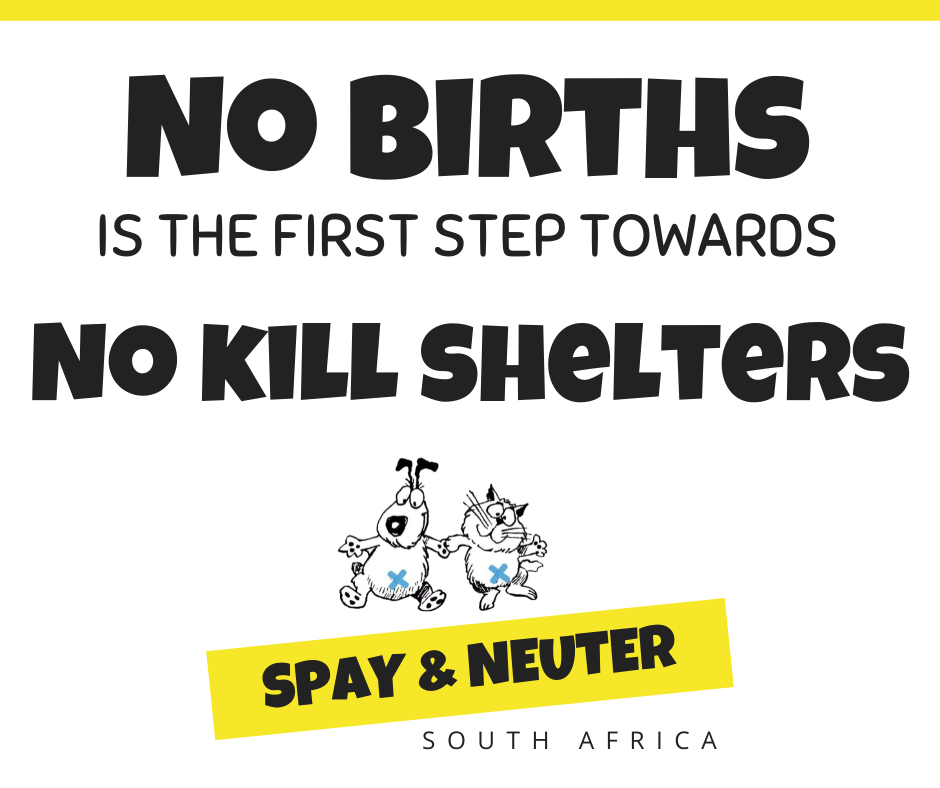
We are not even touching on free animals and the darker side of breeding, such as inhumane puppy mills or backyard breeders, which thrive on demand from buyers who might not know better.
I will never believe that you breed for the love of the breed. Status and money are all I see when I talk to breeders. When we have a Pitbull crisis, how many Pitbull breeders have stopped producing litters? When you continue to breed in these circumstances, with any breed, you are either selfish or stupid. Take your pick!
I will also mention, that anyone who knows anything about breeding will know that you can’t just put two nice-looking dogs together. Breeding better dogs/cats is about genetics and without genetic testing, you can’t be truly breeding to “improve the breed.
In an article by Dr. Karen Becker, she shared how once-healthy breeds are now deformed. She focuses on eight breeds of which the English Bulldog is the poster child of this terrible industry.
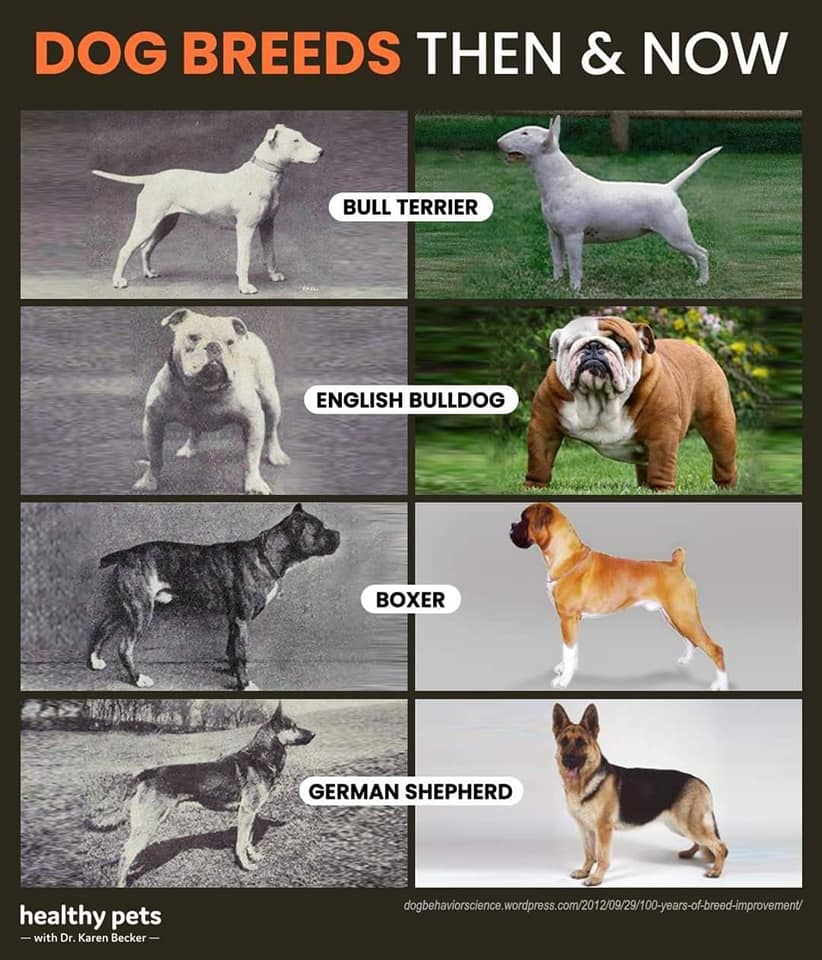
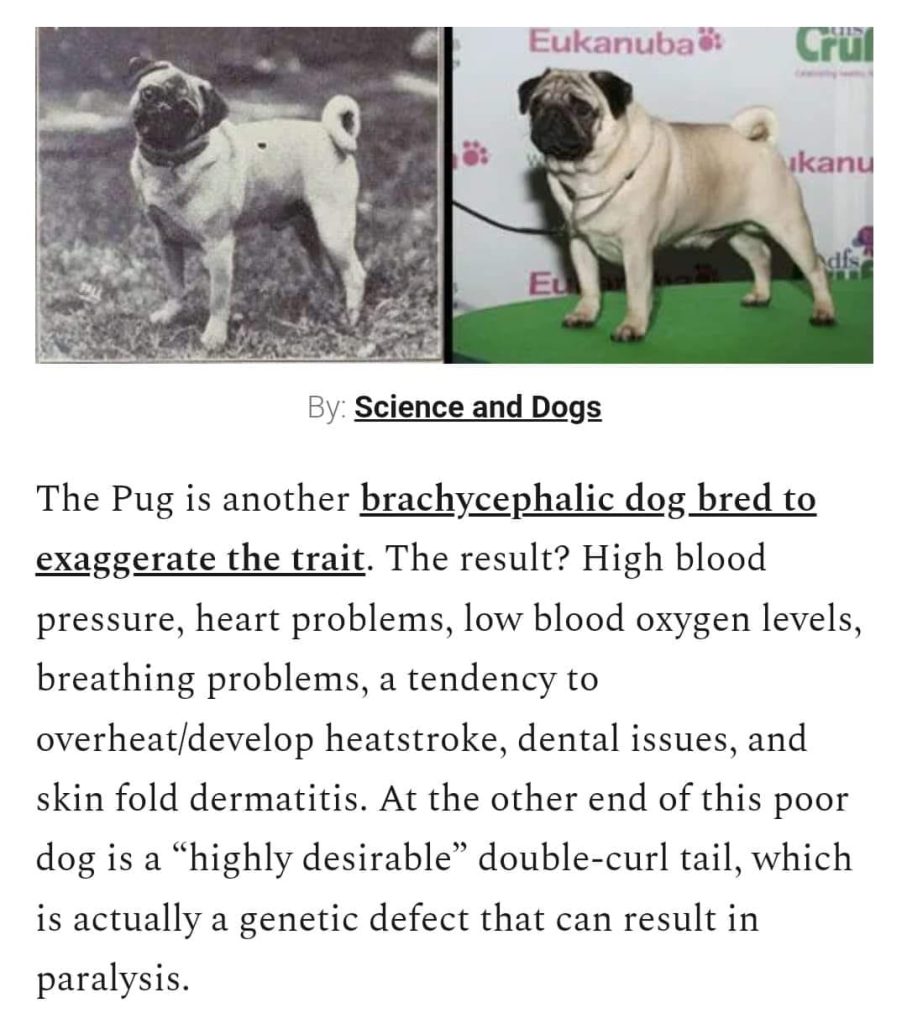
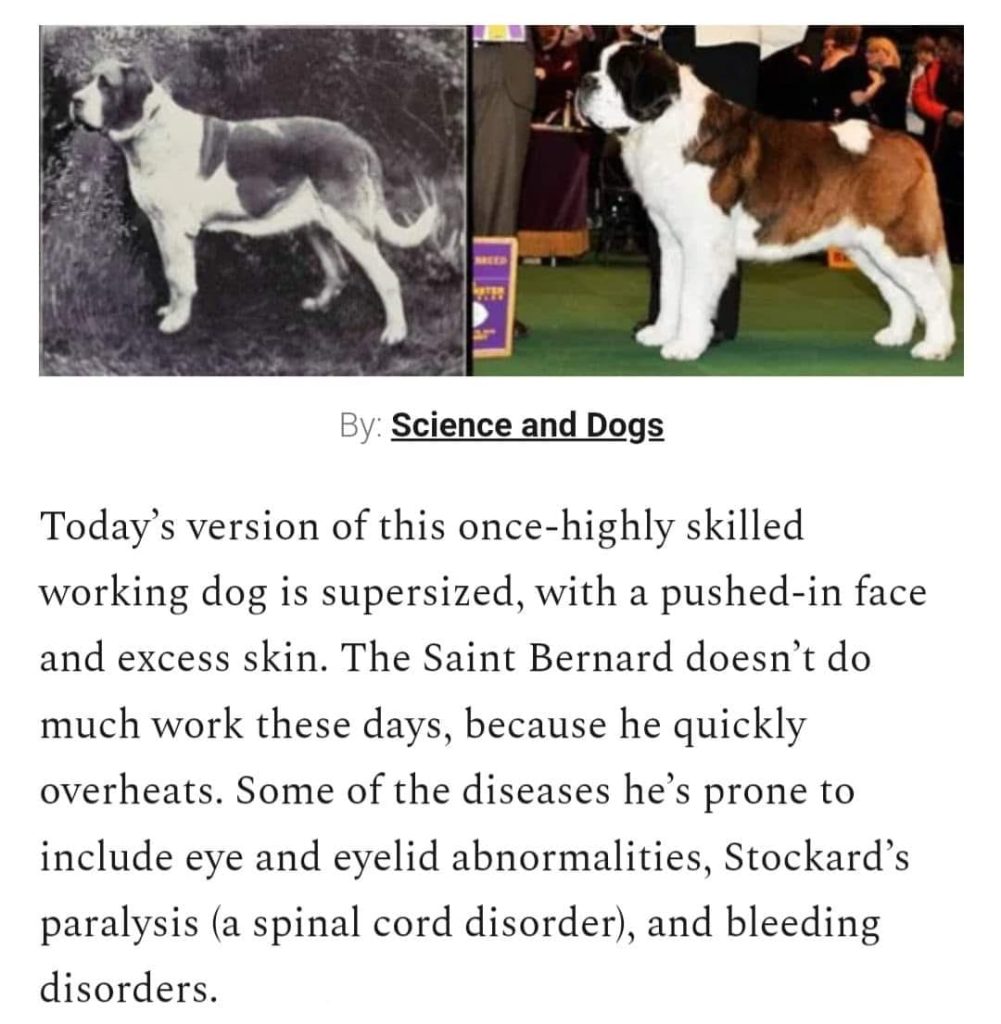
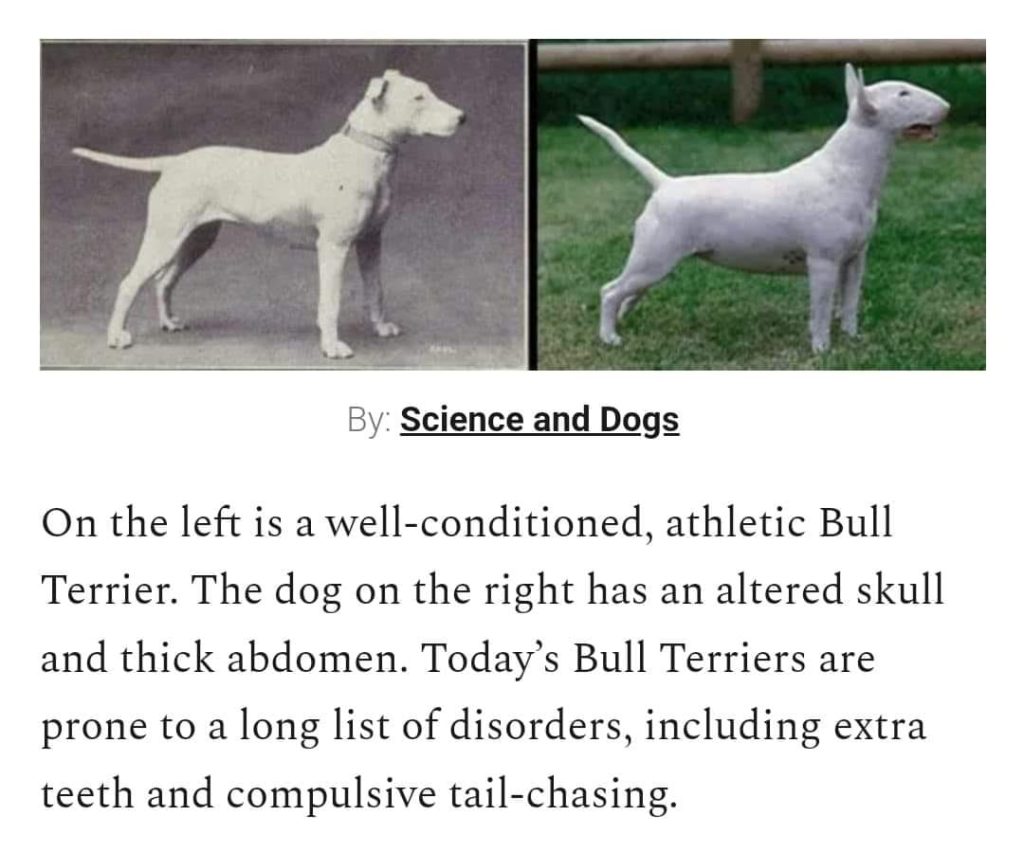
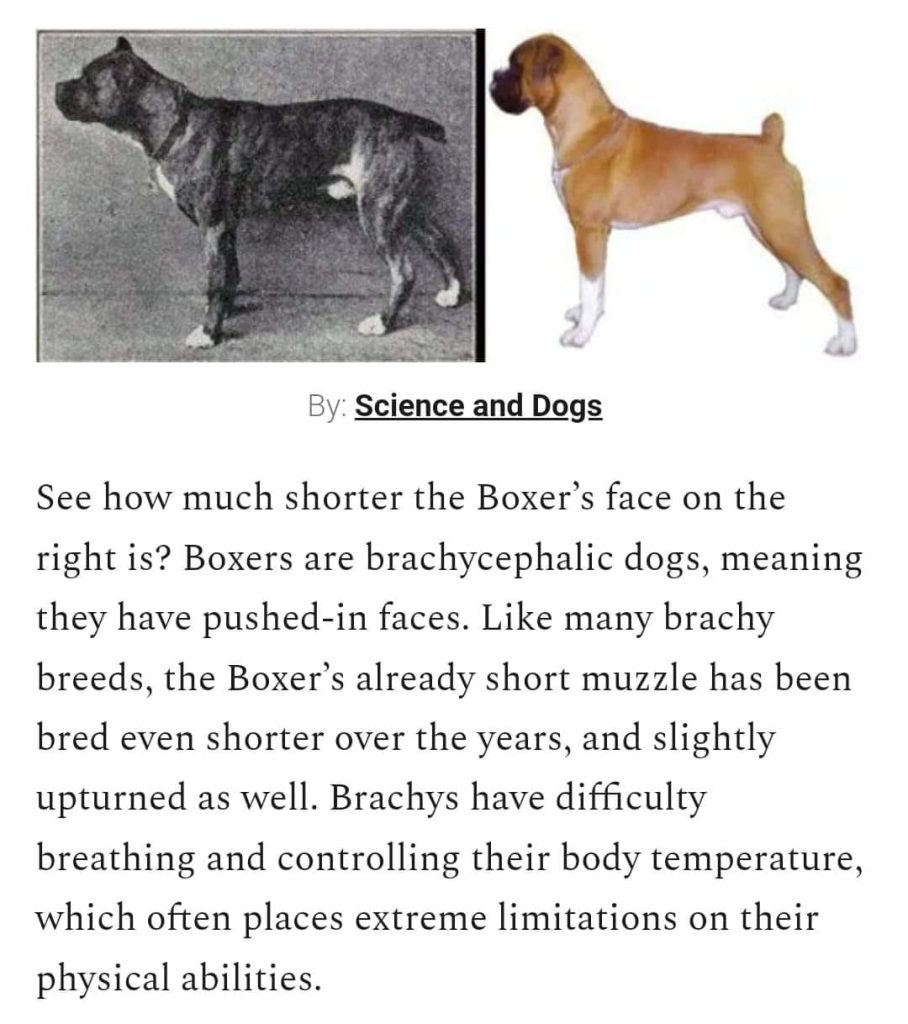
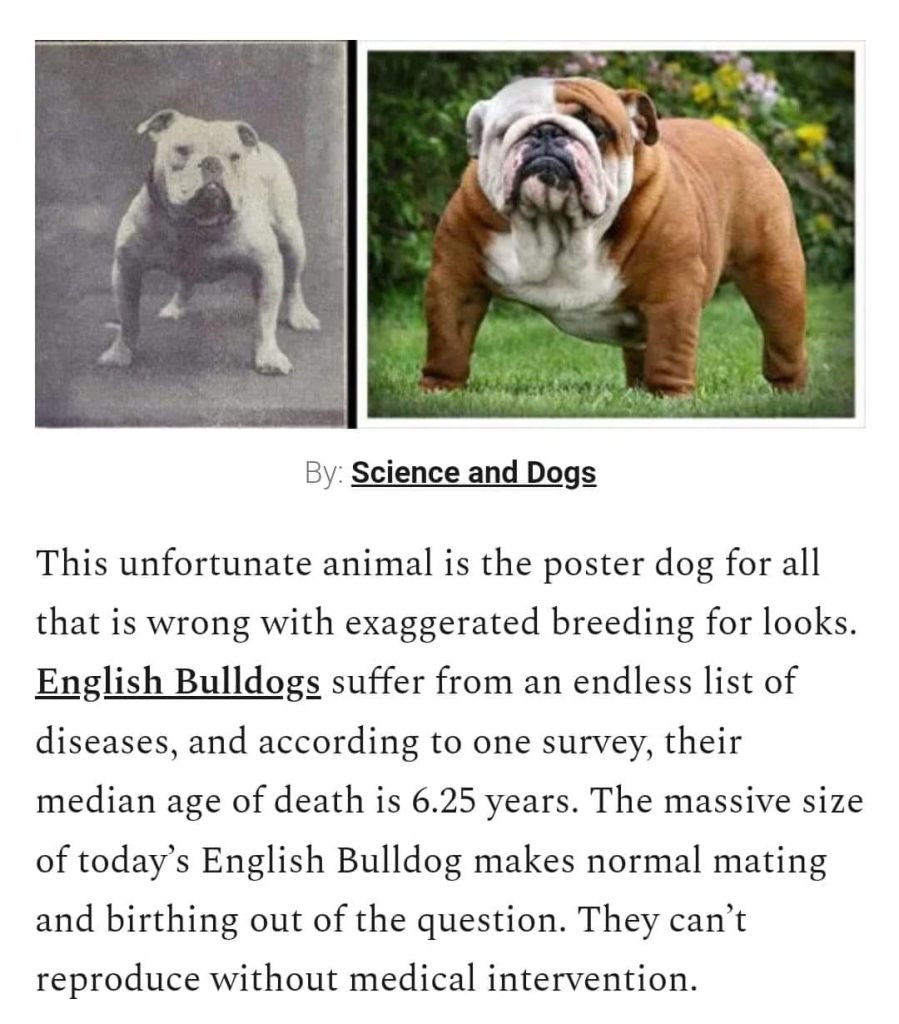
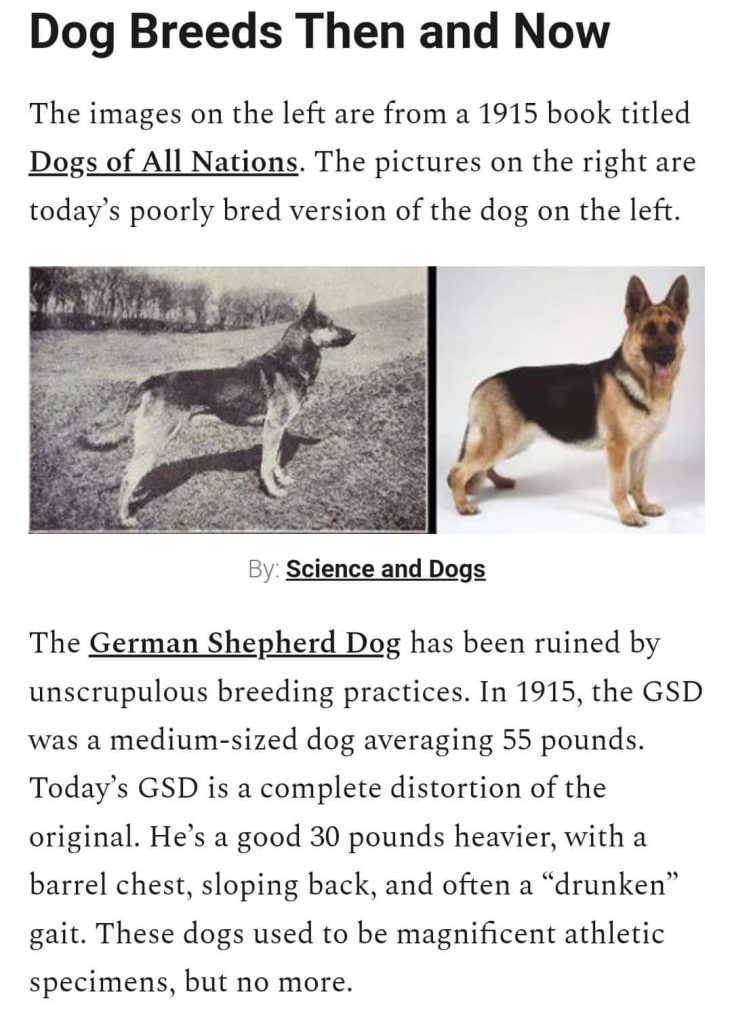
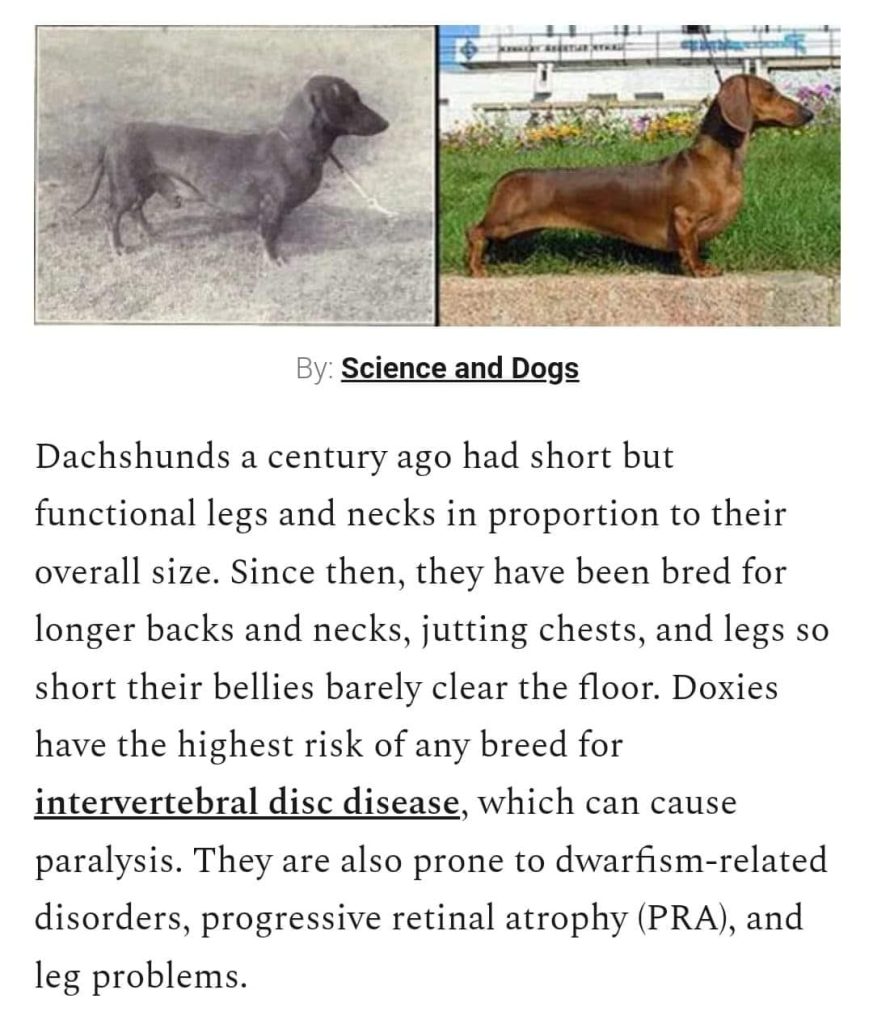

“Breeders may consider them ‘improvements,’ but when you take a closer look at how they’re affecting the dogs’ quality of life and longevity…… they’re anything but! Before humans began their “remodeling” project and playing god, dogs like the Bull Terrier, Boxer, English Bulldog, and Dachshund were well-proportioned, generally healthy, and physically active…..not anymore.”
“Over the years, several breeds have been deliberately fashioned to exaggerate certain physical traits at the expense of their health, longevity, and quality of life. Today’s German Shepherd Dog, with his sloped back and incoordination, is no longer the canine athlete he once was; the modern-day Pug comes with an extensive list of brachycephalic-related disorders that make his health a constant concern.”
Breeding physically resilient, healthy dogs has been replaced with breeding for the sole purpose of attaining twisted beauty pageant awards, and breeding for esthetics has cost us the health of our most beloved breeds. As a veterinarian, Dr. Karen has seen first-hand the problems created when dogs are bred exclusively to achieve specific features, without concern for their health, mobility, or quality of life. It is deeply disturbing that, with all we know about the suffering these animals endure, breeders persist in exaggerating their dogs’ physical characteristics, even if it means sacrificing their health, and national kennel clubs condone it.
I agree with the Science and Dogs blogger, Caen Elegans: “No dog breed has ever been improved by the capricious and arbitrary decision that a shorter or longer or flatter or bigger or smaller or curlier ‘whatever’ is better. Condemning a dog to a lifetime of suffering for the sake of looks is not an improvement; it is torture.”
We need to do better for our dogs!
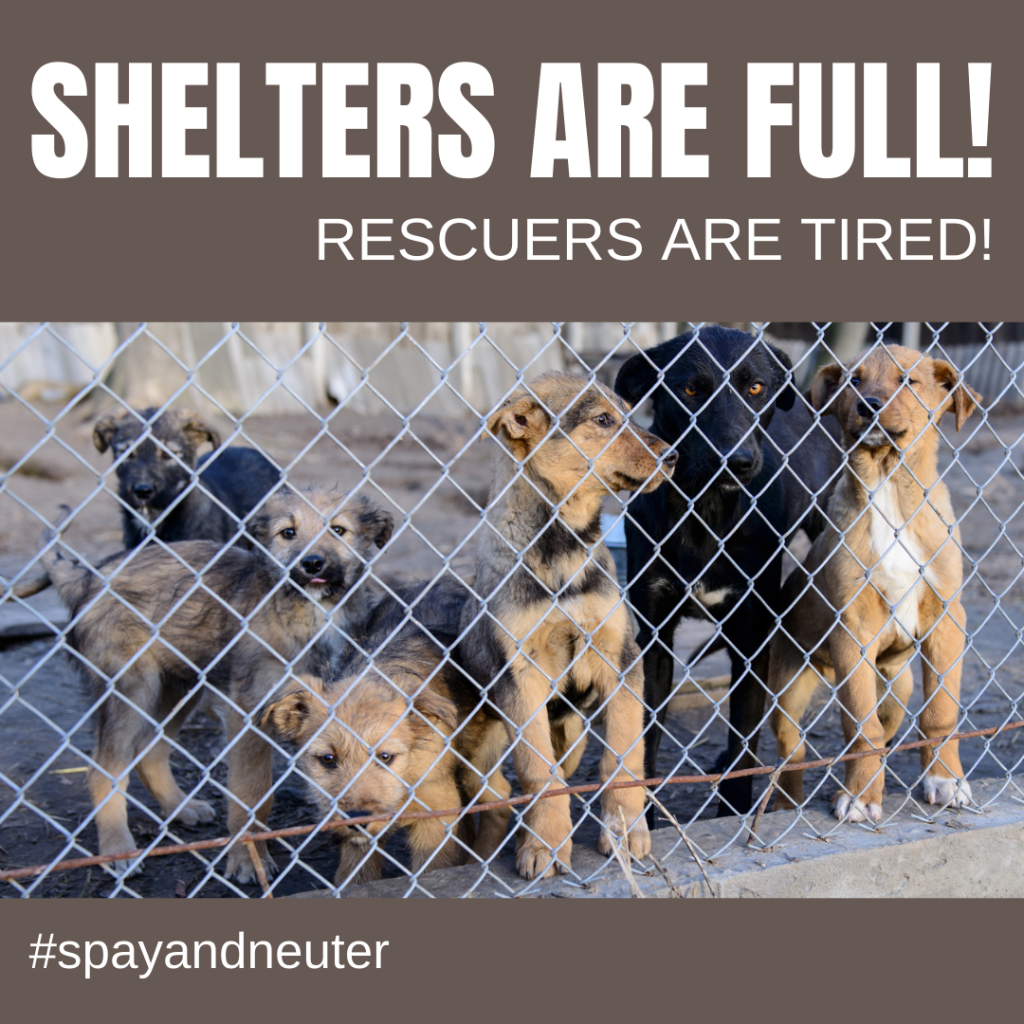
Also, read how the litter in your garbage can harm animals and how you can dispose of it.
Before I conclude, I want you to get a glimpse at the numbers the breeders, irresponsible owners, and buyers contribute to: The scale of pet overpopulation is staggering.
- A single unsterilized female dog and her offspring can produce 67,000 puppies in six years, while a female cat can lead to 370,000 kittens in seven years.
- There are breed-specific rescues for nearly every breed in South Africa and they are all full.
- A 2021 global report by Mars Petcare revealed that in South Africa, an estimated 4.1 million cats and dogs are homeless, of which only about 650,000 end up in shelters. With a national population of 60 million, this equates to one person needing to care for four animals to balance the numbers. A family of 4 people needs to have 16 animals! How many do you know who can take in 16?
- SPCAs are struggling—16 have closed since 2018, leaving 68 remaining (about 18 large, 50 small to medium). The Cape of Good Hope SPCA alone took in nearly 24,000 animals in the last financial year. Beyond SPCAs, over 400 other animal welfare organizations are fighting to manage the crisis and bear the financial burden in SA, yet shelters remain at capacity.
When you look at these numbers, any sane person will see that adoption is the only ethical option in a world where millions of healthy animals need to be killed due to a lack of homes.
Breeders, whether intentional, irresponsible owners or backyard operations, directly contribute to the overpopulation crisis by bringing more animals into a world already overflowing with unwanted pets. Every litter they produce takes potential homes away from shelter animals, many of whom face euthanasia due to lack of space and resources. Until breeding is drastically reduced and responsible pet ownership becomes the norm, the cycle of suffering will continue—leaving thousands of healthy, loving animals to pay the ultimate price…..every single day.
When you support breeders, you fuel the cycle of overpopulation, taking homes away from animals in shelters and contributing to the thousands euthanized daily. Every purchase from a breeder means another shelter pet loses its chance at a loving home.
The Power of Choice – Even if someone feels they’re just one buyer, their decision still has consequences. It’s about taking personal responsibility for the broader impact of their choices. Your decision can either contribute to the problem or be part of the solution. When we adopt, spay, and neuter, we take steps to break this cycle and create a world where every animal has a loving home.
Join us again next week as we learn more about the animals, we share our lives with.